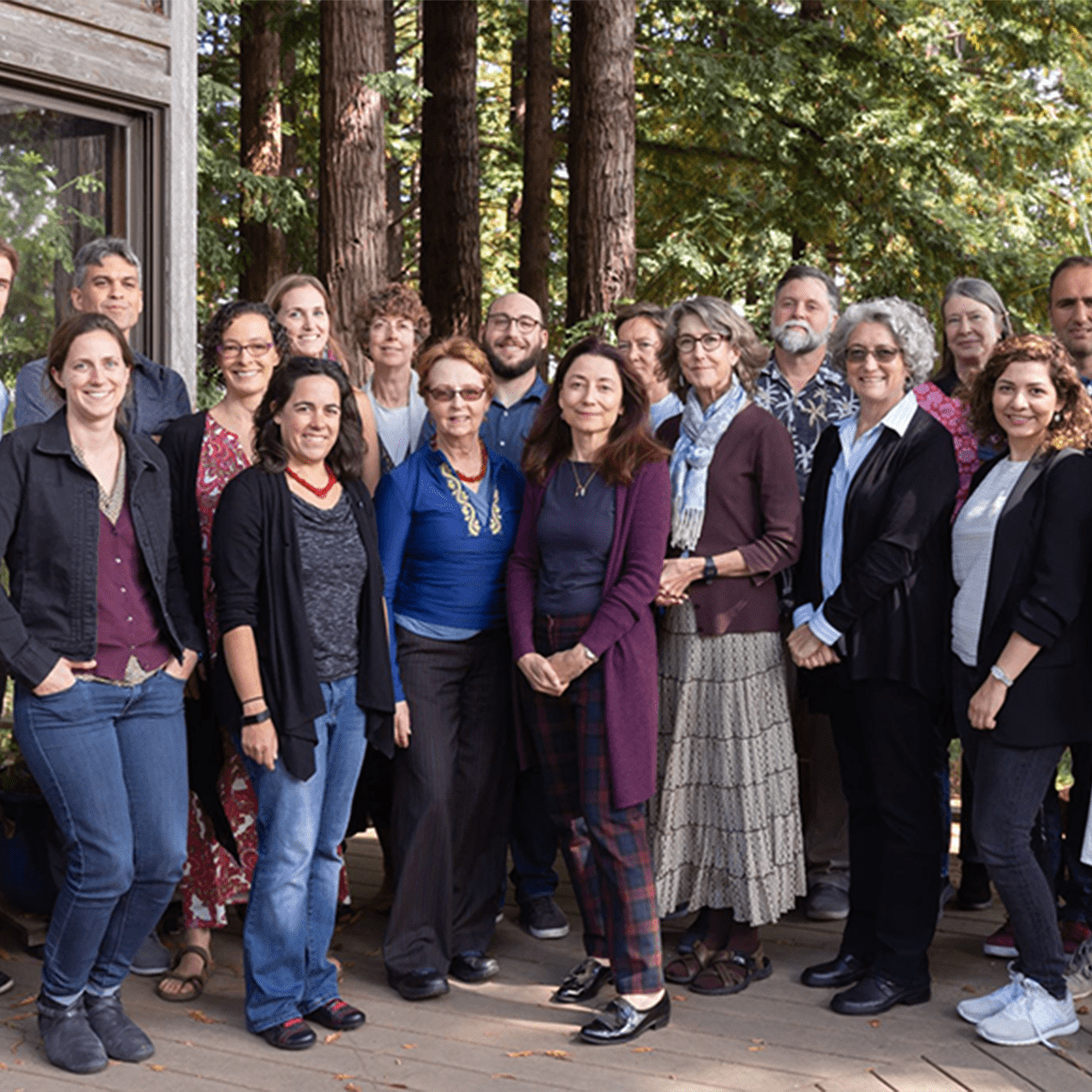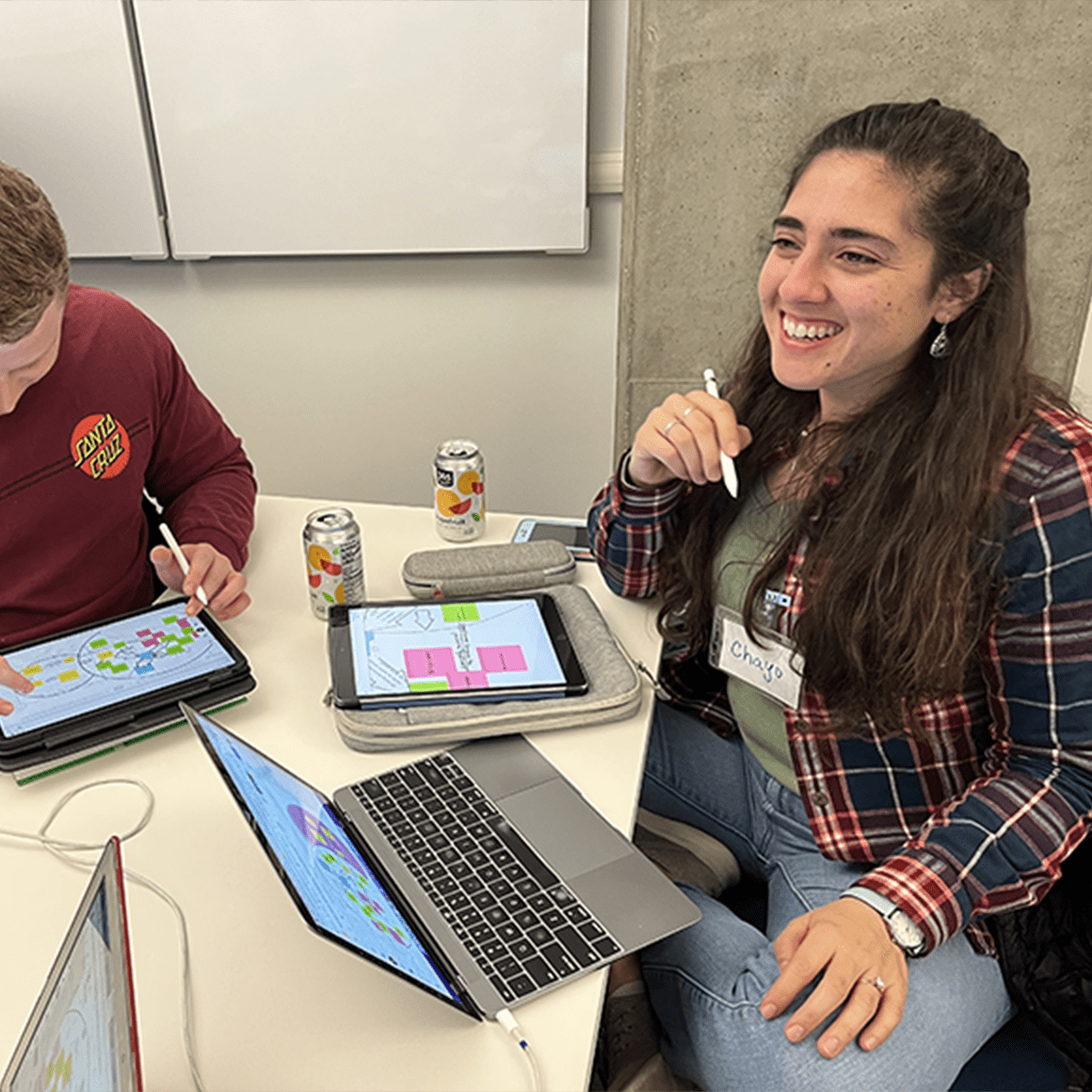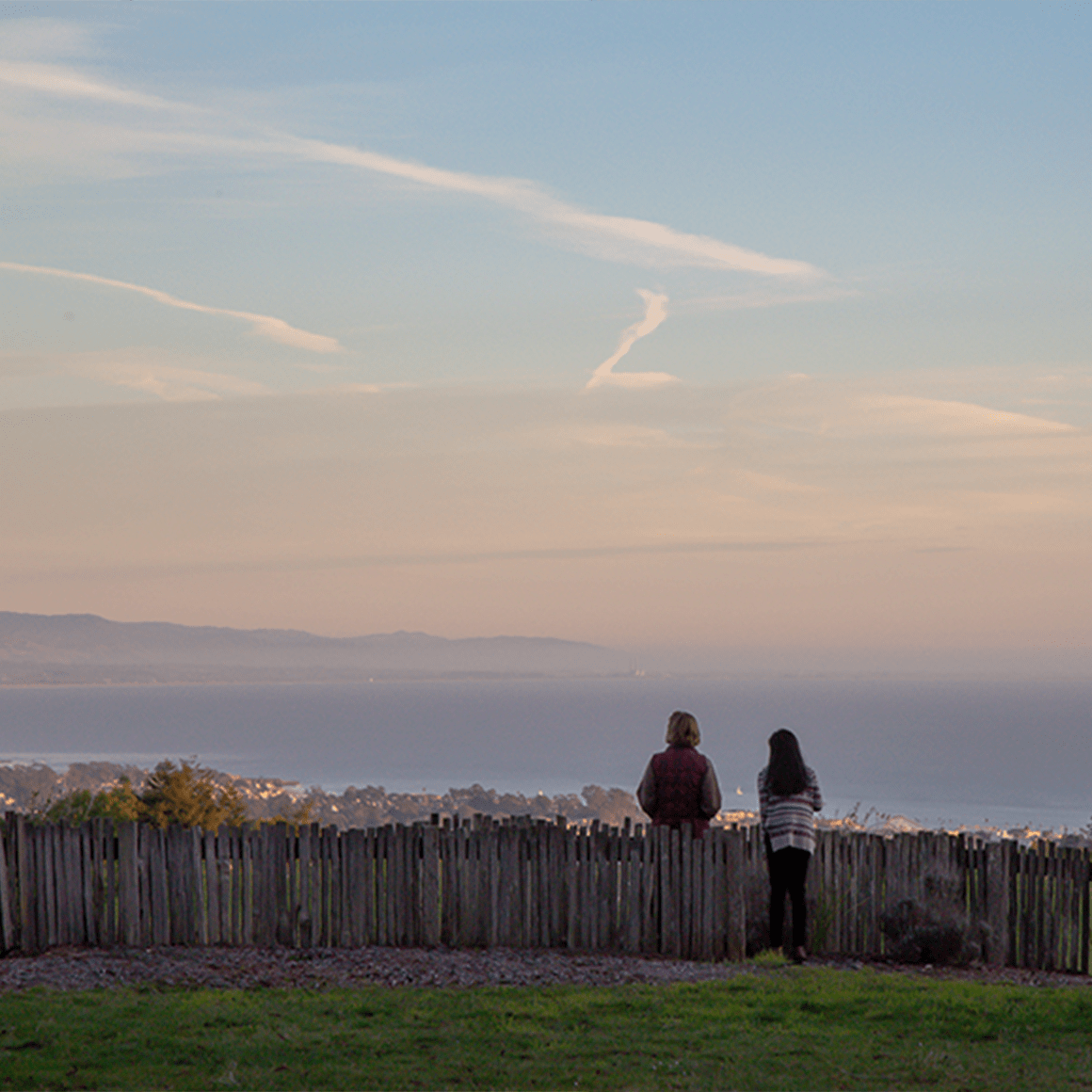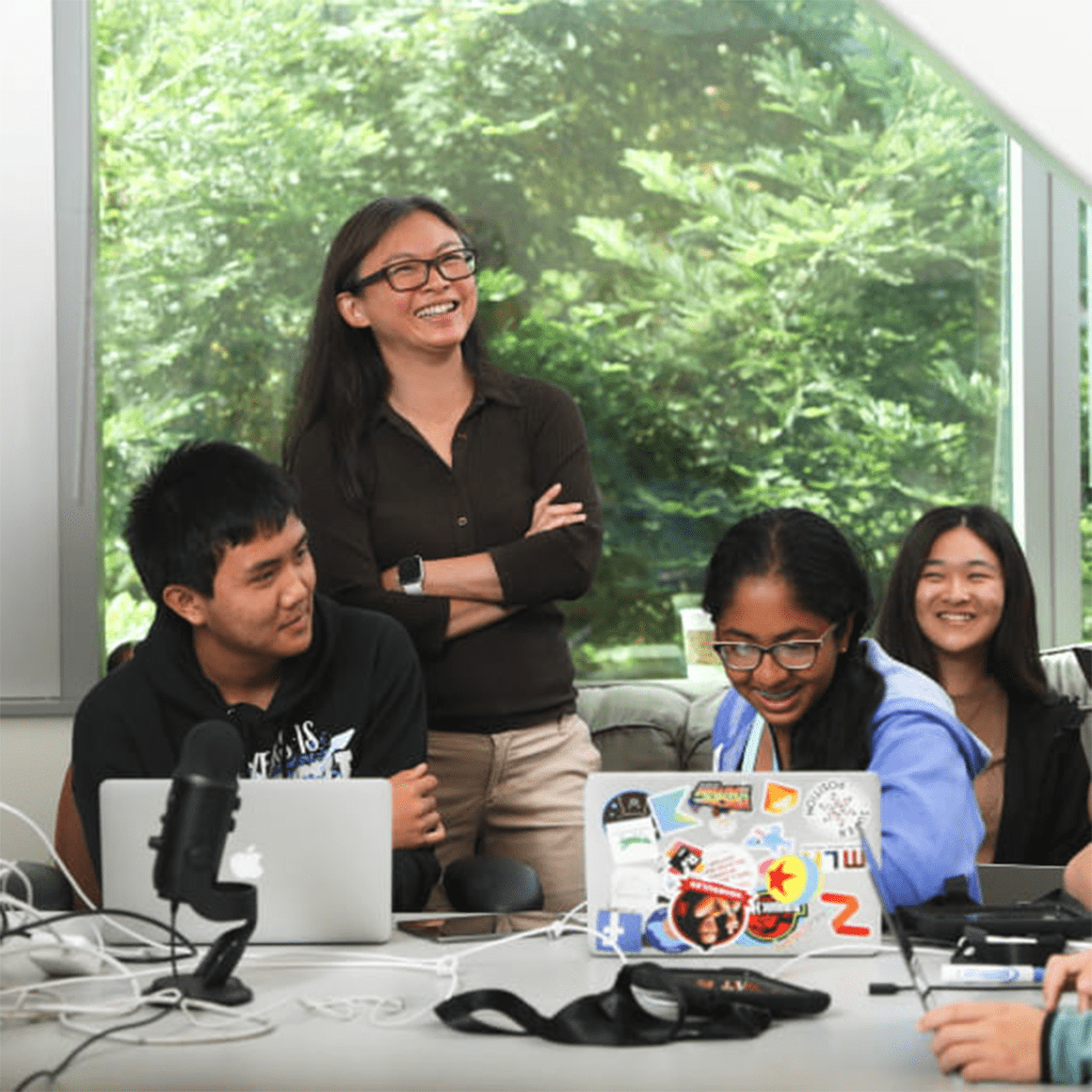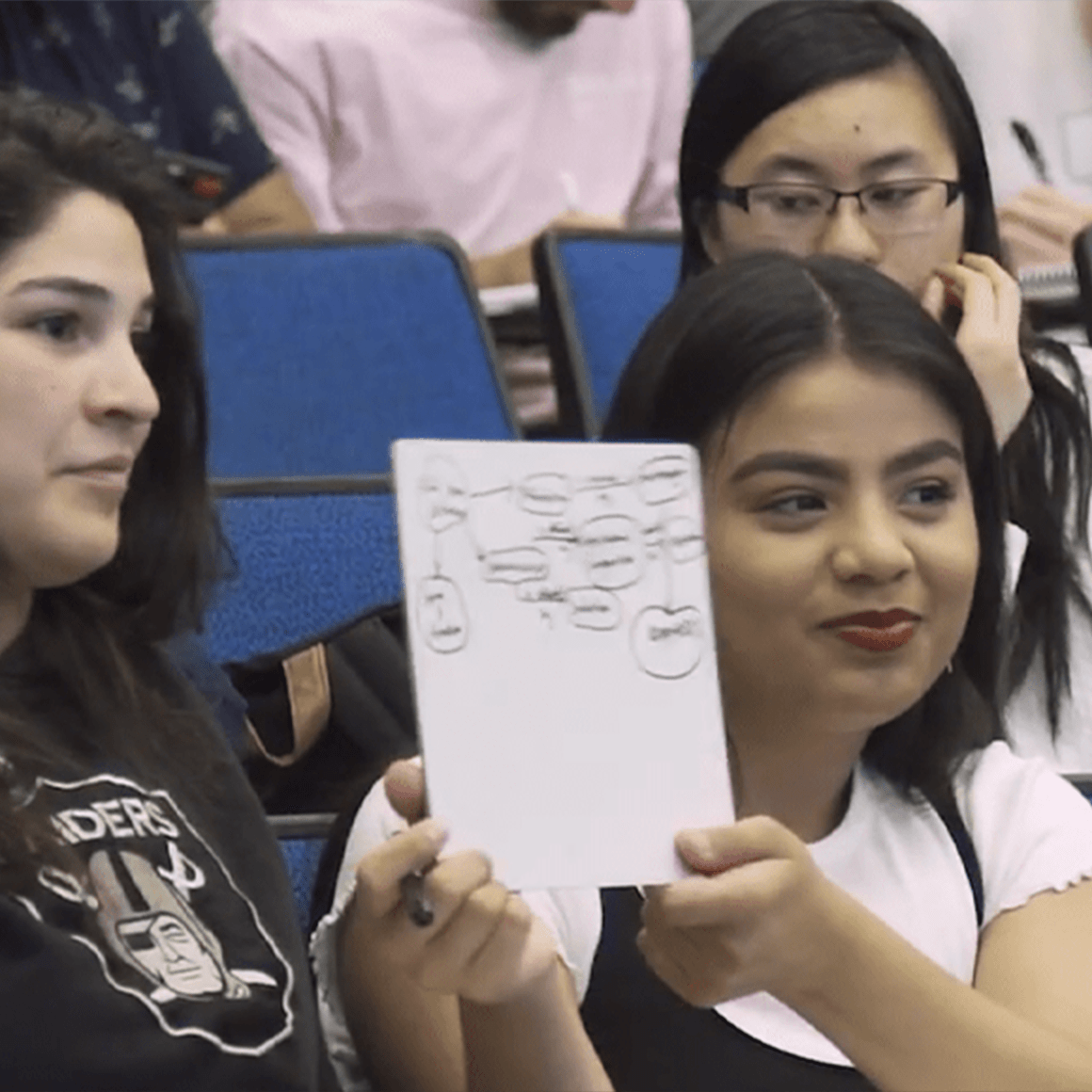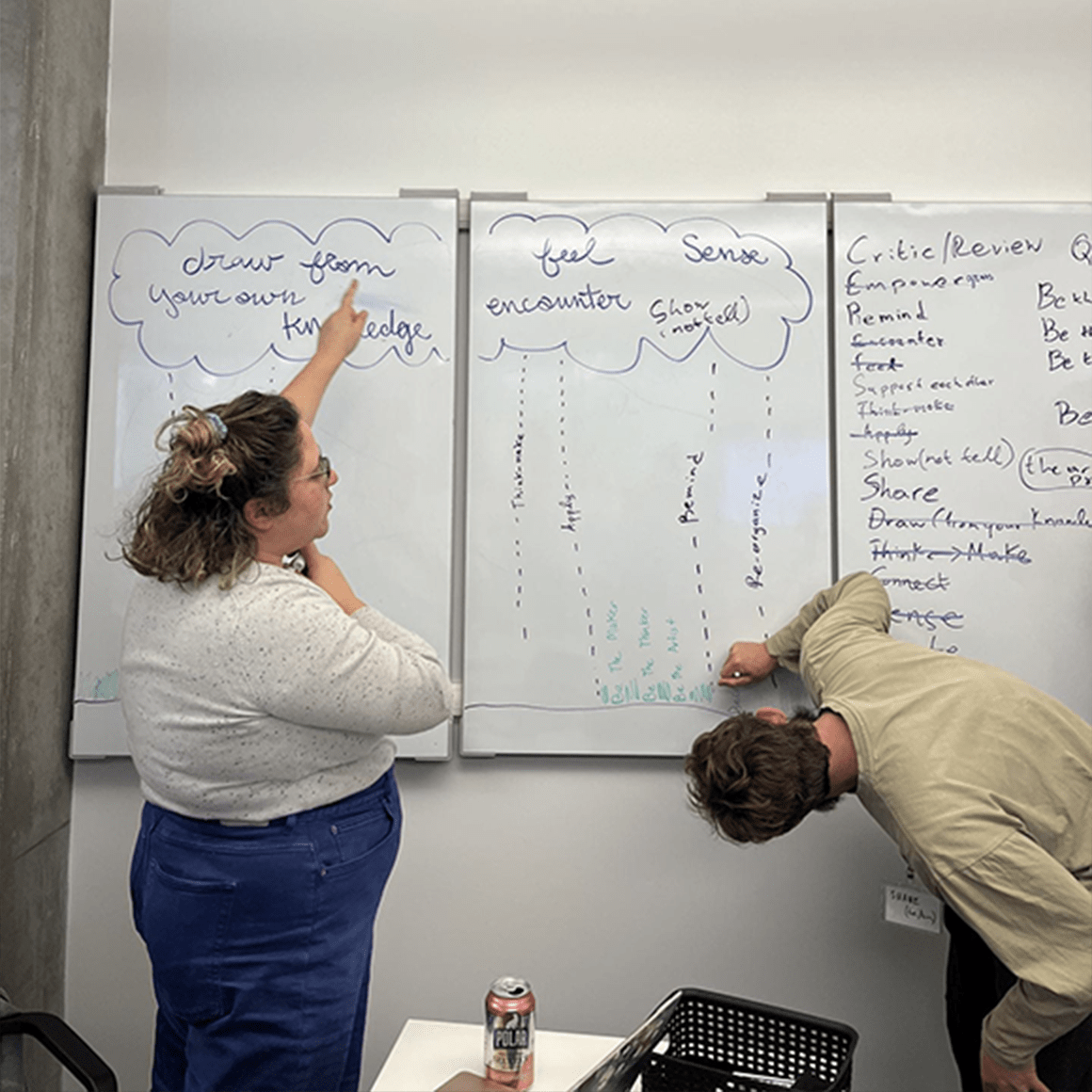
Welcome

What do you
want to do?
The TLC offers a broad range of support for instructors and TAs.
Check out the options on the right to get the support you need. If you don’t see what you’re looking for, contact us at tlc@ucsc.edu.
Equity Data Playbook
A collaboration between CITL, Online Education, HSI Initiatives, and Institutional Research and Policy Studies (IRAPS), the Equity Data Playbook allows campus educators and departmental leaders to observe patterns in student outcomes data and take evidence-based actions to transform equity issues.


Spotlight on Teaching
Rebecca Covarrubias: Engaging UCSC Students in Participatory Action Research on Student Success
In Dr. Rebecca Covarrubias’s Fall Quarter 2023 PSYC100: Research Methods in Psychology course, undergraduate students worked in teams to conduct 12 participatory action research (PAR) — a research framework for generating new knowledge and conducting research in ways that center those who are most impacted by the work and that works toward social change — projects focused on student success. These PAR projects centered the experiential knowledge of undergraduate students and situated them as research experts on the topic of student success in higher education, and specifically at UC Santa Cruz. The groups included 12 different sections of 24–26 undergraduate students and a lead teaching assistant (TA). Together, the groups worked to identify a critical area of student success, develop the research tools to investigate that topic through a correlational study design, and stretch their skills in communicating their research across various platforms, including developing an APA-scholarly paper and an accessible summary of their research. Through these projects, they were able to apply their understanding of course concepts, including practicing how to translate research accurately (e.g., knowing how to make a correlational versus causal claim, describing sampling techniques, interpreting effect sizes) and into accessible formats for diverse readers. Student researchers also integrated recommendations for institutional support into their products. A new website has been created to showcase the findings from students’ PAR projects and the brilliant ways they worked to translate their work.

The Teaching Newsletter
The Teaching Newsletter provides just in time resources and information you need for successful teaching and learning at UC Santa Cruz.
